Canada's 2025 Immigration Shift: Understanding New Policies in Quebec, Ontario, and Federal Programs
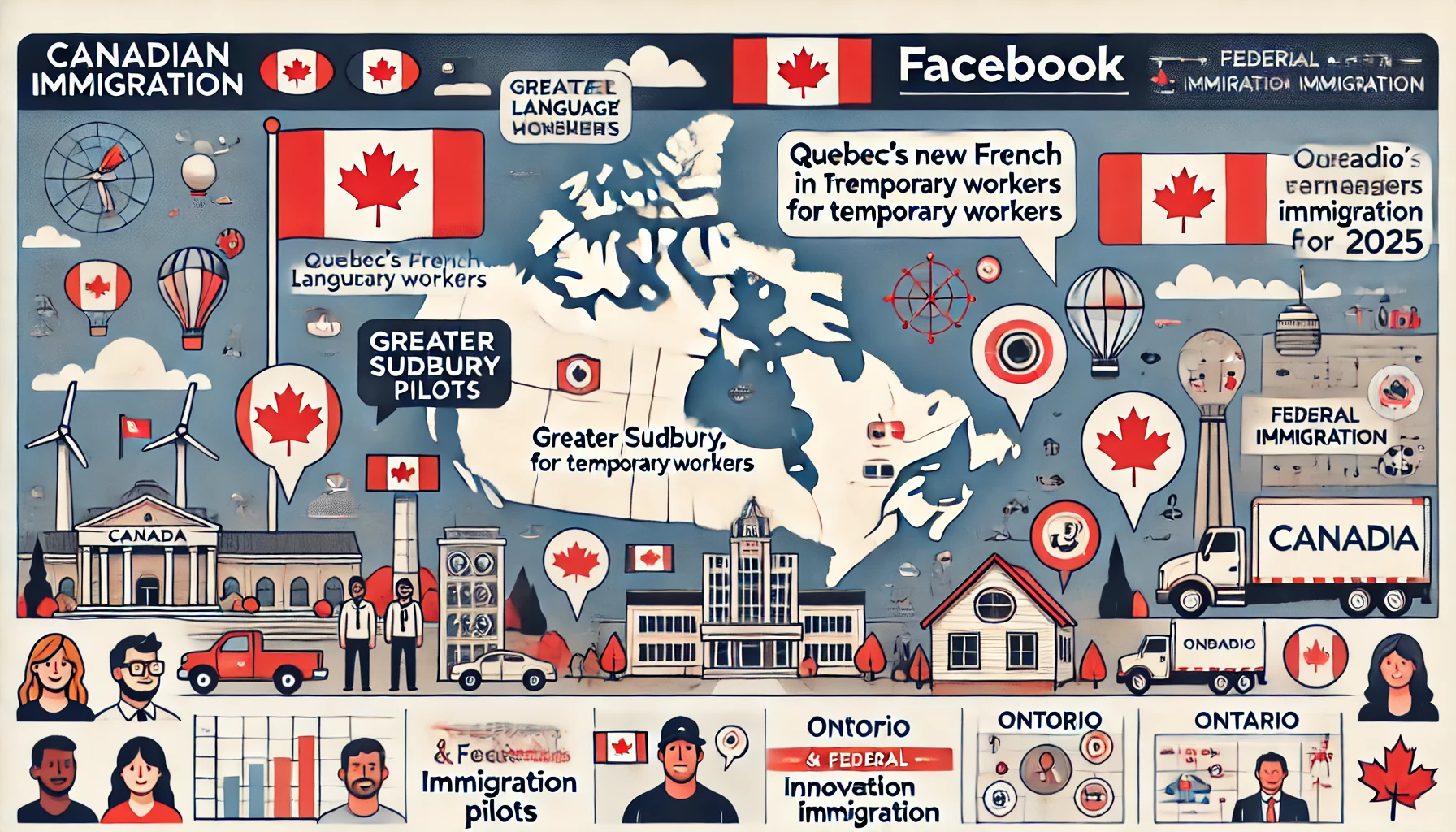
The Canadian immigration landscape is in a period of significant transformation. With a new federal government setting its agenda and key provinces rolling out major policy updates, 2025 is proving to be a pivotal year for prospective newcomers, temporary residents, and Canadian employers. Recent announcements from Quebec, Ontario, and the city of Greater Sudbury signal a clear trend: a more targeted and strategic approach to immigration. For anyone planning their future in Canada, understanding these Canadian immigration changes 2025 is the first step toward a successful journey.
At Mesidor Immigration, we are dedicated to providing clear, authoritative analysis of the policies shaping your future. This article breaks down the most important recent developments you need to be aware of.
Quebec Implements French Proficiency Mandate for Temporary Workers
The Government of Quebec has confirmed a significant policy shift that will impact many temporary foreign workers (TFWs). Starting in 2028, most TFWs will be required to demonstrate a Level 4 oral French proficiency to renew their work permits.
This long-anticipated regulation aims to enhance the integration of temporary workers into Quebec's unique Francophone society and workforce. While the government acknowledges potential concerns about business competitiveness, the stated goal is to ensure newcomers can fully participate in the workplace and community, helping to address labour shortages more permanently.
Notably, workers in the primary agricultural sector are exempt from this new rule. A three-year transition period has been built into the policy, aligning with the typical duration of a work permit, to allow both workers and employers time to adapt. This move underscores the importance of language skills in the province's immigration strategy, a factor that applicants must now seriously consider. For official details, applicants should refer to the Government of Quebec's immigration resources.
Greater Sudbury Launches Dual Immigration Pilots to Fill Labour Gaps
In a move to bolster its local workforce, the City of Greater Sudbury has launched two innovative immigration programs: the Rural and Community Immigration Pilot (RCIP) and the Francophone Community Immigration Pilot (FCIP). With full approval from Immigration, Refugees and Citizenship Canada (IRCC), Sudbury is one of only two communities in Canada chosen to implement both pilots.
Building on the success of the Rural and Northern Immigration Pilot (RNIP), which brought over 2,700 new residents to the area, these new programs are designed to be employer-driven pathways to permanent residence. They target skilled workers in ten priority sectors to address critical labour shortages. For 2025, the city has been allocated 525 spots for the RCIP and 45 for the FCIP, signalling a strong commitment to attracting the talent it needs. These community-focused initiatives highlight a growing trend in Canadian immigration: empowering local communities to select newcomers who best fit their economic and cultural needs. More information on these programs can be found on the IRCC website.
Ontario and Federal Government Signal Focus on a Skilled, Resilient Economy
At the provincial and federal levels, recent developments point toward an immigration system increasingly tied to specific economic goals.
In Ontario, a $6.5 million investment in the Life Sciences Innovation Fund aims to cement the province's status as a hub for medical technology. This initiative is not just about healthcare; it's about creating high-value jobs for the more than 72,000 STEM graduates who enter Ontario's workforce annually. For immigration candidates with backgrounds in science, technology, engineering, and mathematics, this signals growing opportunities in the province.
Meanwhile, under the new leadership of Prime Minister Mark Carney, the federal government is navigating a complex economic and political landscape. While discussions around immigration reform, housing, and economic stability are ongoing, the direction appears to be toward a system that is both sustainable and highly strategic. The focus is on attracting global talent that can drive innovation and fill critical gaps, a sentiment that aligns with provincial efforts like those in Ontario. We at Mesidor Immigration are closely monitoring these federal developments—you can find our ongoing analysis on our Canadian Immigration News blog.
How to Navigate These Evolving Policies
The Canadian immigration changes 2025 reflect a system that is becoming more nuanced and targeted. Whether it’s meeting language requirements in Quebec, aligning your skills with a community pilot in Sudbury, or tapping into a high-growth sector in Ontario, the path to Canada requires careful planning and a clear understanding of the rules.
The landscape is complex, but the opportunities are significant for those who are well-prepared. These changes are designed to ensure that newcomers succeed and contribute to Canada’s long-term prosperity.
If you are considering your options for coming to, remaining in, or bringing a loved one to Canada, the expert guidance of a Regulated Canadian Immigration Consultant is more valuable than ever. We can help you understand how these new policies apply to your specific situation and develop a strategy to achieve your goals.
Take the first step today. Contact Mesidor Immigration for a comprehensive eligibility assessment and let us help you navigate your path to Canada.



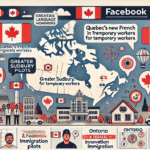
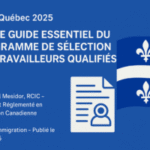
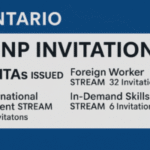



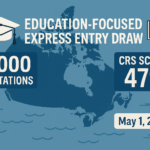
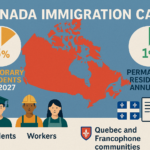





Recent Comments